Welcome To Prof Clinic:
Follow us:

Speak with us Now
(+90) 542 150 2222

(+90) 542 150 2222
Rhinoplasty (nose job) in Turkey is the most required cosmetic surgical procedure that reshapes the nose, restoring respiratory function and aesthetics in a single operation. This surgery is performed to correct problems such as deviated nasal septum, wide nostrils, wide back, and tip deformity.
One of the elements that most impact the features of our face is the nose, which, not surprisingly, is one of the parts of the body that is most often the subject of interventions to modify its shape and size. The most used operation to correct various profiles of the nose is rhinoplasty, a painless operation capable of leading to excellent results. This operation is carried out both to obtain aesthetic improvements but also to resolve more concrete problems, such as obstacles to breathing.
Rhinoplasty in Istanbul is carried out at Prof Clinic frequently and through the intervention of specialized surgeons. It requires a lot of attention since, despite being a safe and reliable operation, it involves the patient’s face. Any inaccuracy risks compromising the aesthetics of the person, therefore maximum competence is necessary when carrying out this type of intervention.
Rhinoplasty is carried out mainly for two reasons: the first is aesthetic, and the second is to resolve malformations caused by genetic factors or external factors such as trauma.
Concerning the aesthetic aspect, rhinoplasty is recommended in cases where the shape of the nose appears disproportionate to the face, in terms of size or width. Another case is when the nose is curved or asymmetrical, so much to cause discomfort to the patient. Further situations can then be when the tip of the nose is large, droopy, or flattened. These are cases in which the person wants to perfect aesthetic “defects”, which can generate insecurities or simply be unwelcome by the bearer.
As regards the use of rhinoplasty to resolve problems other than aesthetic ones, it is frequently performed in cases of deviated nasal septum or deviated columella.
In general, there are two techniques used for rhinoplasty: closed rhinoplasty and open rhinoplasty. In both cases, the procedure is performed under local anesthesia, therefore the patient is not subjected to any pain.
As regards the first technique, “Closed Rhinoplasty”, it is the least invasive method, as it allows you to obtain excellent results without the need to open the nose. This way, there is not even the possibility of scars remaining. The operation is carried out inside the nostrils, to be able to model the cartilage and the bony part and therefore modify their shape.
Open Rhinoplasty, on the other hand, is used when a more complex situation arises that cannot be treated using the previously mentioned technique. In this case, it is necessary to proceed with an incision in the area located between the tip of the nose and its base.
Rhinoplasty surgery usually takes place with an overnight stay: “The objective is to reshape the bone and cartilaginous structures and create a nose with a proportionate shape and in harmony with the rest of the facial features.
Aesthetic rhinoplasty corrects the shape and size of the nose using incisions located inside the nostrils”.
The operation lasts approximately one hour and is usually carried out under general anesthesia. In some cases, however, such as for operations limited to the tip of the nose, hospitalization in a day hospital is also possible.
To undergo rhinoplasty surgery it is preferable to wait for the end of the development of the bone and cartilaginous structures around the age of 15-16 years, for a woman the average age indicated is 15 years while for a man 16 years because the maturation of the structures occurs with a delay of 12 months. In any case, the starting age required to carry out the indicated rhinoplasty operation is 18 years and older.
During the first visit, the surgeon evaluates the shape and size of the nose and checks for the presence of any aesthetic and functional defects by carrying out a tomography of the nose and paranasal sinuses and consequently illustrates the possibilities for modification while always maintaining a balance between shape, profile, and aesthetics of the nose.
It is also important to evaluate the patient’s health conditions, excluding complications such as high blood pressure, coagulation, or healing problems which can compromise the final result of the rhinoplasty.
Before the operation, specific instructions are given to prepare for rhinoplasty which includes pre-and post-operative nutrition, taking drugs, alcohol, and smoking, specifically:
Rhinoplasty operation is performed under general anesthesia with day surgery, but in some more complex cases, hospitalization in the clinic is required for one or two nights. However, rhinoplasties of modest difficulty can be performed under local anesthesia with sedation.
The incisions made are never visible because they are made inside the nasal cavities, and this also means no visible scars on the nose.
The operation lasts about an hour, is painless, and ends with the application of a plaster fixed on the bridge of the nose with two plasters.
The result is good already after the first two post-operative weeks, but for it to be definitive you have to wait a year after the operation.
Rhinoplasty can be performed individually or in association with aesthetic or functional surgery interventions such as septoplasty, but also with blepharoplasty, facelift, and rhinoplasty which indicates a series of operations (rhinoplasty, mentoplasty and malarplasty) that completely reshape the face through the correction of nose, chin, and cheekbones.


Rhinoplasty is one of the most complex cosmetic surgery operations where complications such as bleeding or infections are rare , but can happen if the operation is not carried out by a specialist surgeon in specialized clinics.
In the 48 hours following the operation, you must remain completely at rest with your head raised. It is recommended to sleep with multiple pillows to promote good circulation and avoid foods that are too hot or difficult to chew.
From the third day, it is possible to start again with normal daily activities, avoiding exertion, saunas and baths, sun exposure, the intake of very hot foods and drinks, and limiting the use of glasses for at least a month.
In the first few days, swelling and bruising around the eyes may also appear which can be limited with the application of ice, but very rarely bleeding which requires swabs.
7 days after the operation, the surgeon removes the cast from the nose which may initially be swollen and edematous, but as the days pass, the swelling and hematomas will be completely reabsorbed and it will increasingly take on the harmonious shape decided before the operation.
The swelling on the tip of the nose will be the only discomfort that may persist for several weeks post-surgery.
To resume sporting activities you must wait at least a month so that the ossification process of the nose can proceed in the necessary time without suffering trauma.
As with any operation, there are risks and possible complications with rhinoplasty. This could include bleeding, infection, or inflammation.
After the operation, many people’s noses are hypersensitive or insensitive. In most cases, the changed sensitivity normalizes again after a few months.
Less common (but cannot be ruled out) complications include bruising, permanent change in nasal sensation, asymmetry, and respiratory obstruction.
If you have severe pain after the procedure, it is wise to contact us directly. In many cases, you will receive a telephone number after the procedure where you can reach a specialist day and night during the recovery period.
If you are interested in undergoing rhinoplasty to correct the aesthetic aspects of your nose or to solve problems due to malformations or trauma, you can book a free consultation at our clinic in Istanbul. Rhinoplasty, as mentioned, is a delicate operation as it concerns the conformation of the face. Relying on competent professionals is the wisest choice you can make.
+100 K Happy Clients and Counting in +80 Countries
168 Reviews
Add Your Review

Hey everyone I thank you for your professionalism the stuff amazing thank you Rania and chaima

I had a great experience at this dental office. The staff is truly accommodating and goes out of their way to work with your schedule and needs. They're reliable - appointments run on time and they follow through on everything they promise. Most importantly, they create a client-friendly atmosphere ...

My husband received dental services from Prof Clinic and the procedure was so quick and straight to the point. He was in and out in an hour. We appreciate the surgeon, and we look forward to better oral health do him.
Our experience with the clinic was... Our experience with the clinic was amazing with the first and second visit the whole staff member are outstanding from Coordinator Rania, Sam and Dr Layla Dr ginger. One of the best organized and professional people l ever meet. Me and my brother ...

Had an excellent experience from arrival to departure. My medical consultant Rania was second to noone . She stood with me during difficult times, she guided and comforted me throughout the process. It would be incomplete if I leave out my Doctor Oruqun who was patient and made sure ...

I had a rhinoplasty in November. Everyone was very kind. I enjoyed a smooth and reassuring experience. Would recommend !

Thank you for everything am happy with my smile thank prof clinic for your professionalism 🌺

I had a great experience at this dental clinic. while getting three crowns done on my teeth. The quality of their work was great, and I’m very happy with the results. The whole team does an excellent job, and I want to give a special mention to Rania—she is ...
Ranya was so helpful. She greeted me and made sure I was comfortable. Same with Lilan she was patient with me in this journey. I am so grateful to these ladies. Dr. Diler a chefs kiss with my new smile.

All good the stuff the doctor clinic clear professional استقبال تنظيم الشراكات ممتاز شكر خاص ل Thank you again guys رانيا ل جاد كانو معي بعد أربعة اشهر برجع

Amazing person! Was hardly to start writing this review. On rare occasions, I have had the opportunity to meet a person with so many good qualities and skills. This person who I'm referring to is Linda, my medical consultant from Prof Dental Clinic .Great character! Can not wait to ...
Seamless coordination and professional dentists who knew what to do. I am happy with the results.
What a great experience I had with Prof Clinic. I received a very good treatment, I was picked from the airport and straight to a very classy hotel. Following day, I was picked up by a clean taxi straight to the clinic. I will remain with Prof clinic for ...
My experience with Prof Clinic in Istanbul was excellent. I communicated with the medical consultant Mike, and he was very kind and helpful from the very beginning. He welcomed me at the airport and arranged my hotel stay, making the whole process smooth and clear. My dental treatment was ...
Excellent Service, very kind team ,Honestly im supposed of that great job, Thanks Natural Clinic

It was a great experience i did my teeth 😬 treatment with roots canal and they did great job. Pick me up from airport and give me nice hotel and also there team doctor are really personal specially Linda she is a great representative of there clinic amd professional. ...

I went with my daughter for a Hollywood Smile, and the whole process was incredibly smooth and precise. We first had a consultation with Dr Ammar, who clearly explained every detail and suggested the perfect treatment plan for us. We were truly impressed by the care and attention we ...

The work on my teeth was done professionally and relatively pain free. The organization is perfect and makes the entire experience a breeze; from being picked up at the airport, staying in 5 star hotels, being chauffeured to and from the clinic daily. I didn’t need to worry about ...
I'd like review my experience with Prof clinic and their outstanding service. I was evaluating many choices to fix my teeth and because of John who described everything well and provided me excellent information to decide what and how to do. Highly recommend

My experience was just what I expected!! WONDERFUL!! Everyone was very understanding and answered all questions I had!! Sham was my coordinator and she was amazing!! Her being able to understand my language was a plus as well!! Mona was my consultant, she ensured me that I was in ...


Browse verified before & after results for hairlines, smiles, and full makeovers — dental implants, veneers, and hair transplants in Istanbul.
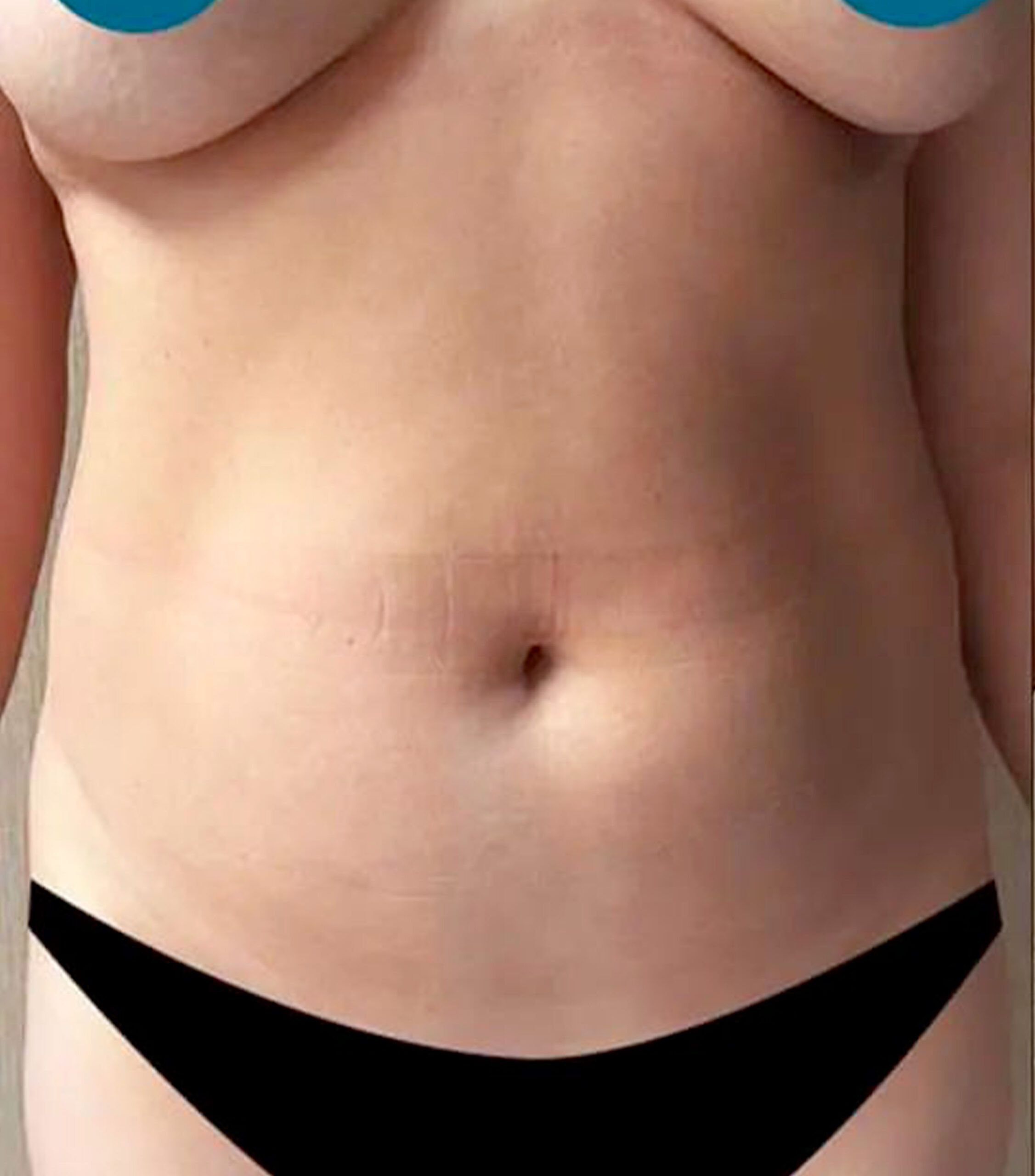



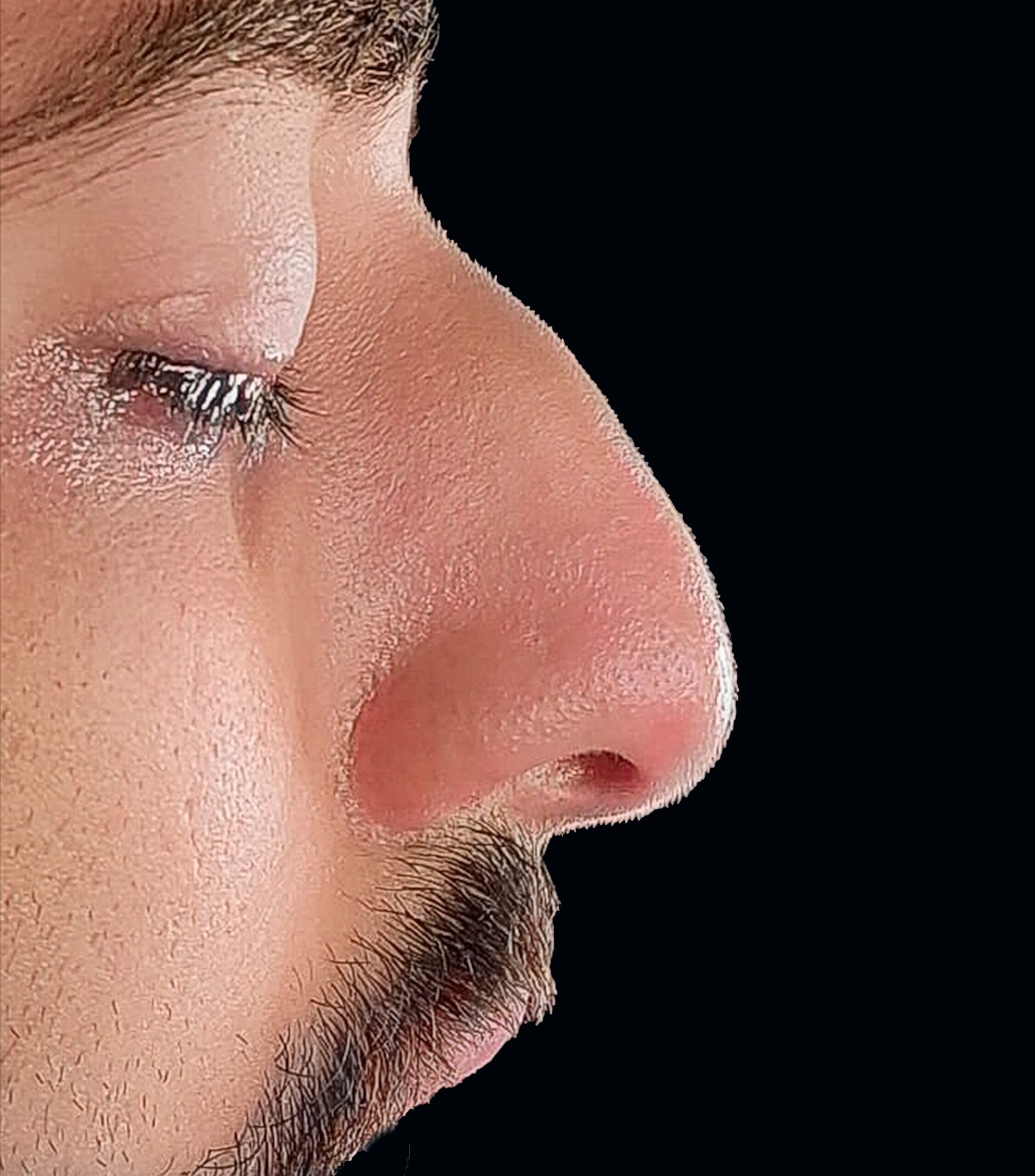
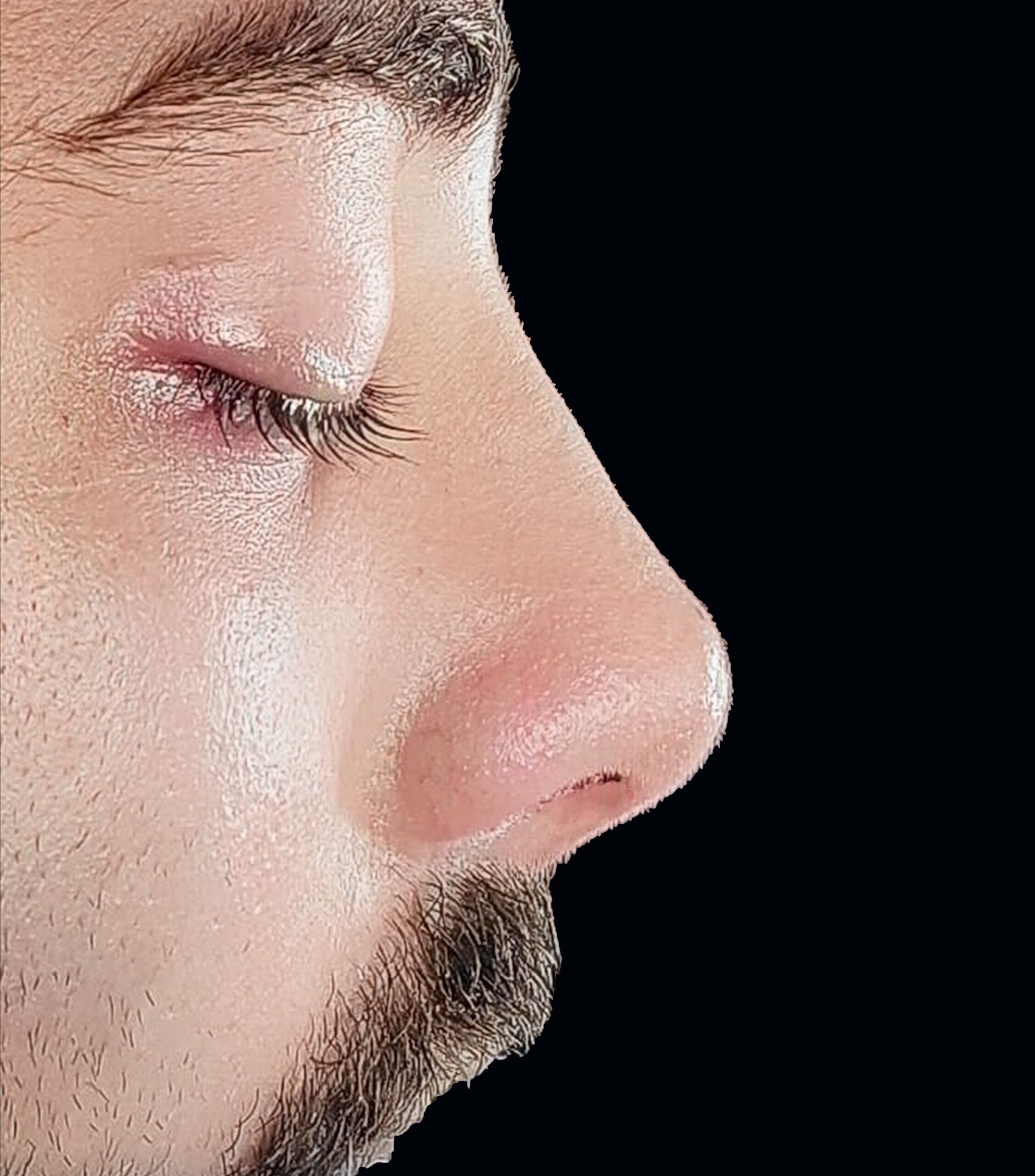
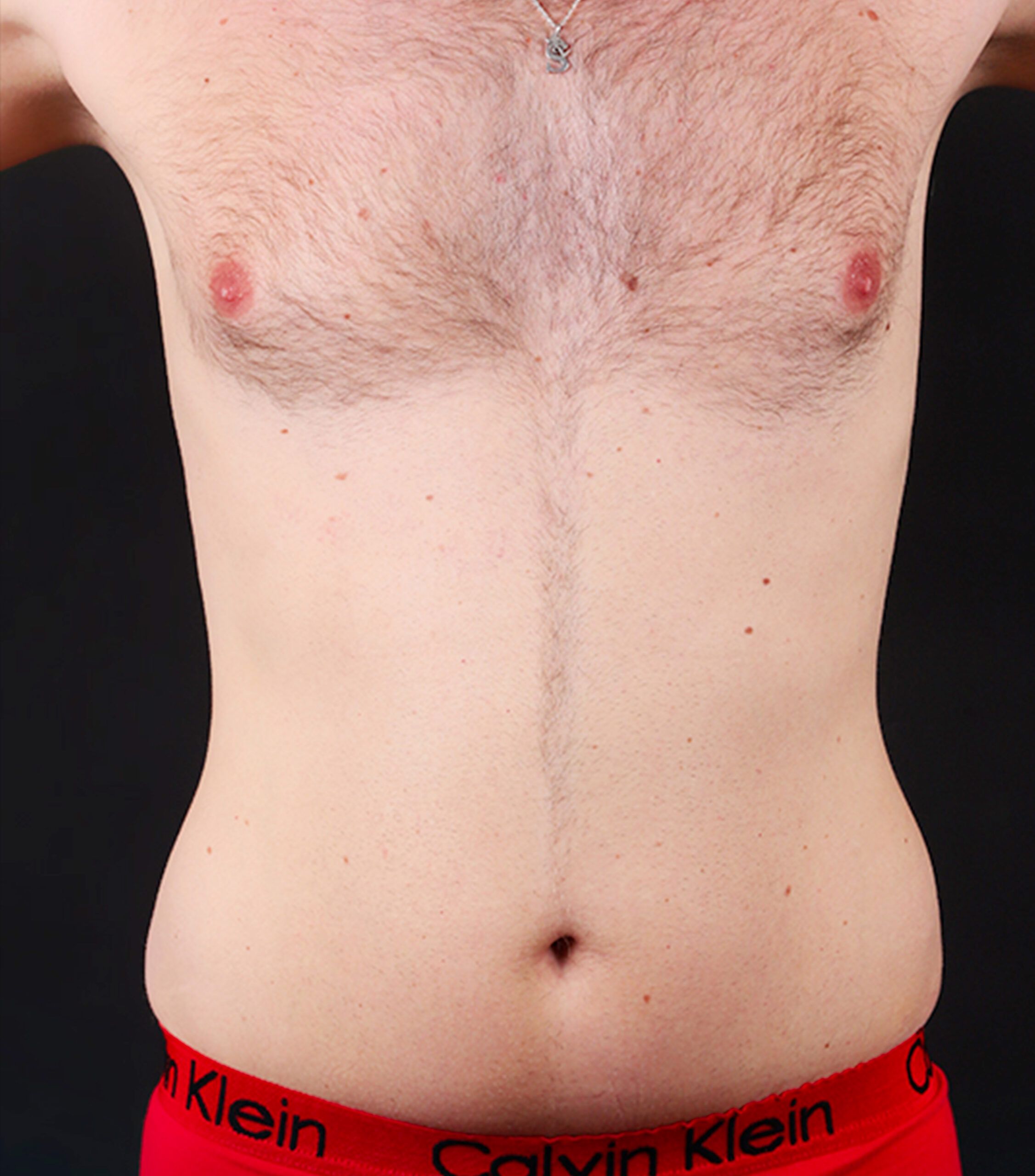



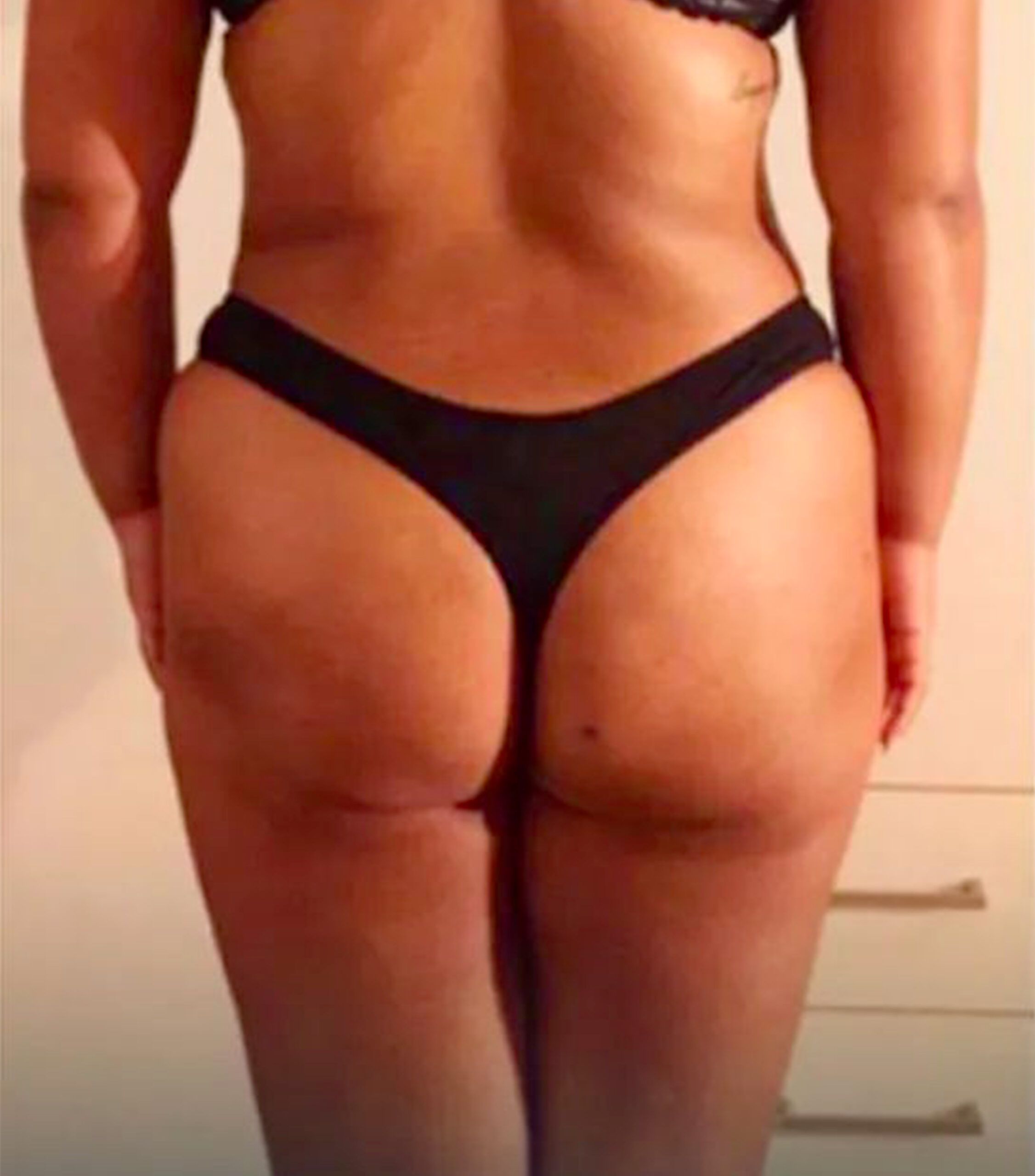
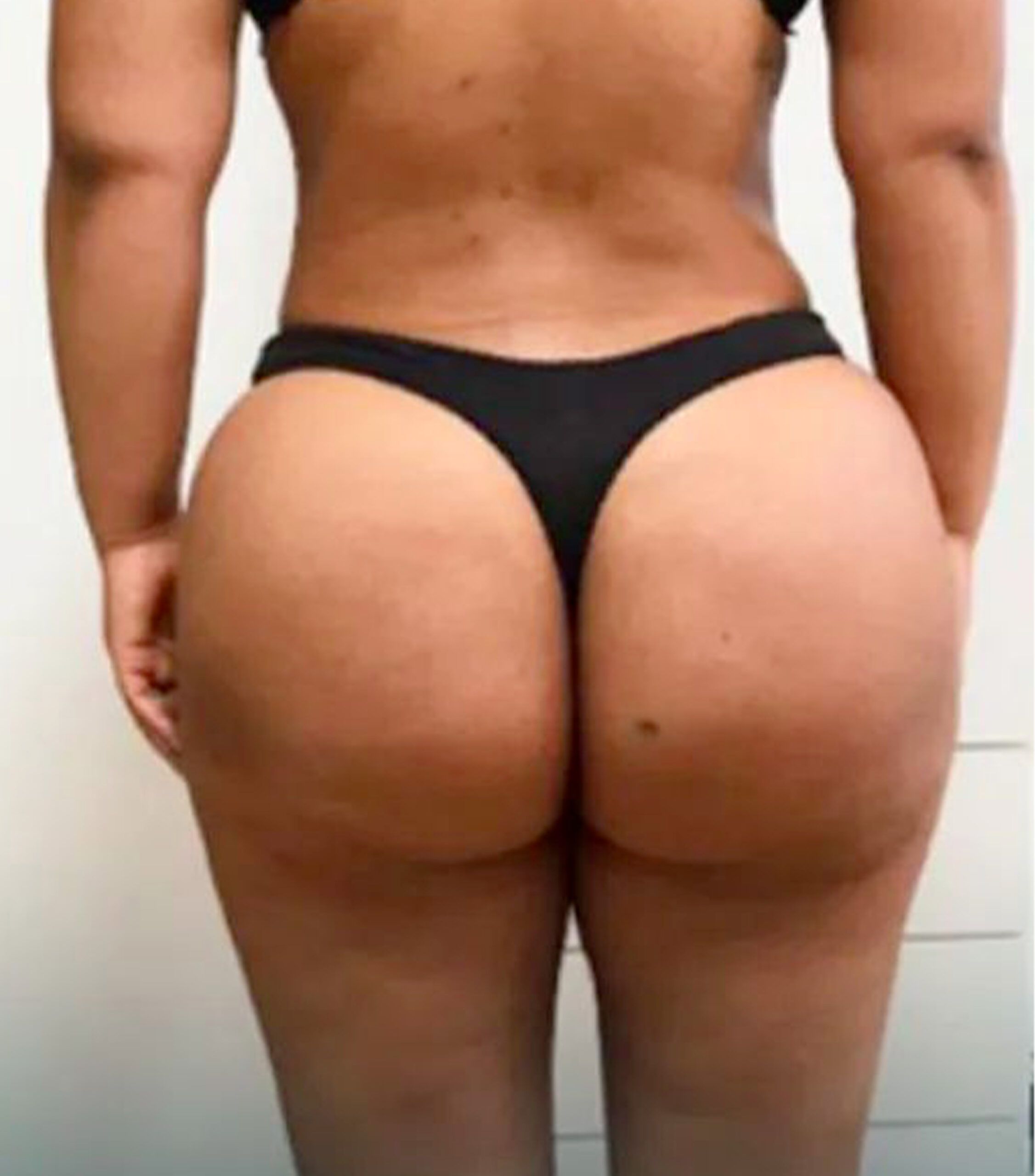
+100 K Happy Clients and Counting in +80 Countries

Reach out for expert care
We will arrange everything for you.